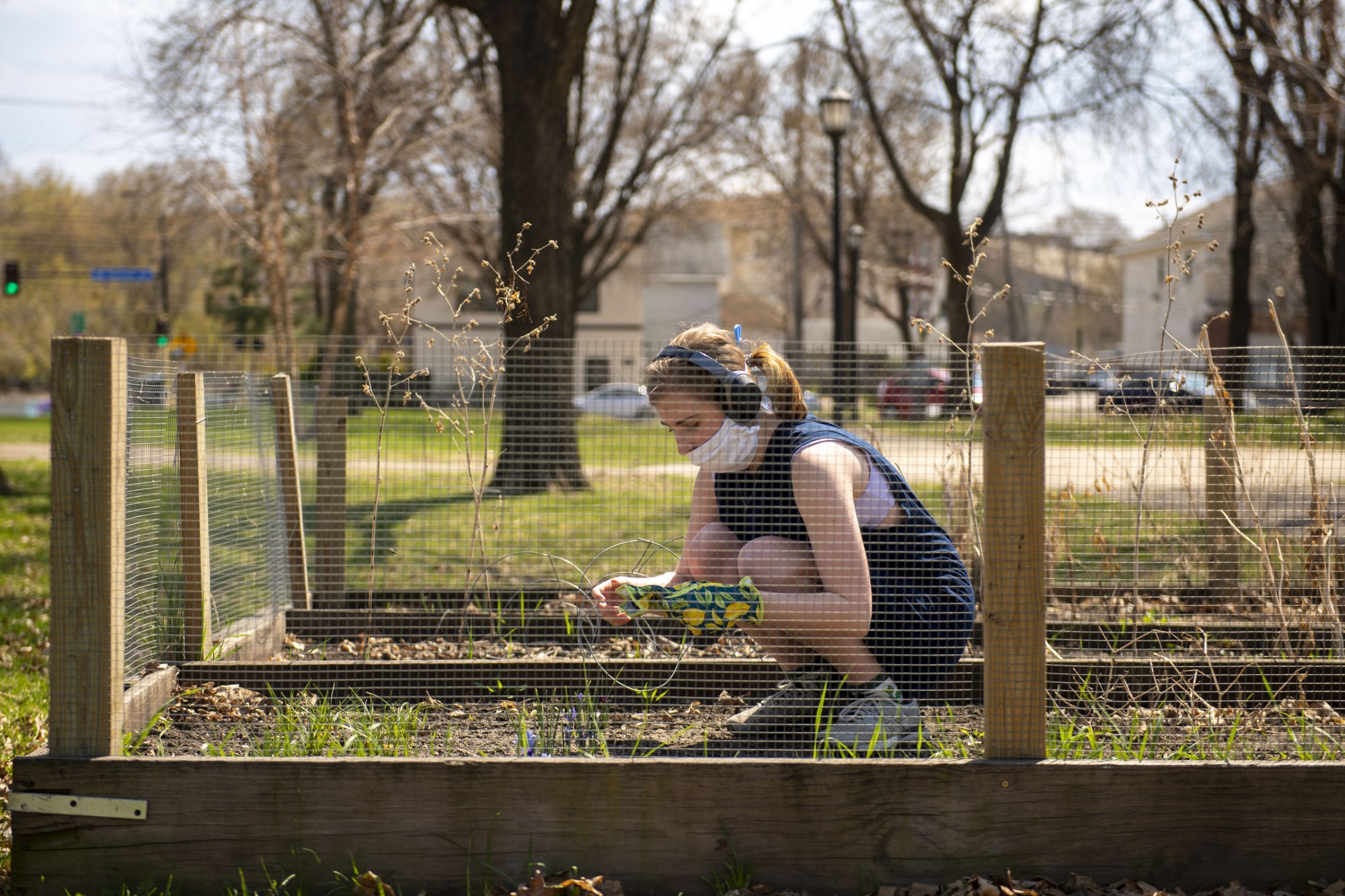In celebration of Earth Day last week, the University of Minnesota Office of Sustainability released a series of educational material about ways students can become more eco-friendly and sustainable.
With campus largely desolate, many no longer have access to University bins and organics or recycling disposal. University recycling coordinator Elizabeth Logas-Lindstrom said by understanding how waste systems work, she hopes students will take sustainability into their own hands.
“I think this is such a good time to be thinking about being really resourceful,” Logas-Lindstrom said.
Because many students have extra free time, they can learn about how to set up a composting site, try a new craft project using materials in their home or sign up for organics pickup from the city, she said.
“This could be a great time for students and staff who live nearby [to sign] up for organics pickup [or] find the drop-off site closest to their house,” Logas-Lindstrom said. “That sometimes takes a little bit of extra effort or investigation, so why not do it now while we’ve got plenty of time? Plus, it’s a great excuse to get outside and explore the neighborhood a little bit.”
In fiscal year 2019, about 40% of all waste on campus was recycled or composted, according to the University.

For Sydney Murray, a fourth-year Speech-Language-Hearing Sciences major, living off campus has made it difficult to compost from her apartment, Sydney Hall. Her apartment does not collect organics recycling, so Murray walks roughly 10 minutes to the closest compost drop-off site in Van Cleve Park.
Lined with a compostable bag she bought online, Murray keeps her compost in an empty gallon ice cream bucket she stores in her fridge. Every two to three weeks, she makes the trek with her dolly, carrying the materials to the designated bin.
With more time on her hands, Murray has been looking into what kind of goods she assumed were recyclable. She used to cut up important documents into smaller pieces before she recycled them, but found out that often those irregular pieces of paper get caught in recycling machines.
Common objects like red Solo cups are not recyclable, either. Murray often checks the bottom of plastic containers to make out a little number encased in a recycling triangle that tells her what kind of plastic the material is made of and if a facility can process it.
“If you’re unsure, it’s better to throw it out than to put something in the recycling and ruin the whole load,” she said. “Straight up, Hennepin County can’t process your black plastic and your number six.”
With more time at home and fewer grocery runs, Murray said she has also become more conscious about the food and products she is using and buying. She has been sprouting garlic and green onions in her kitchen and fashioned old t-shirts into napkins and dishcloths.
Murray acknowledged that not everyone has the ability to make drastic changes to their routine, like moving to a zero-waste lifestyle or becoming vegan, but said that even the smallest contribution makes a difference.
“It’s all a game of doing what you are capable of and not feeling guilty for what you can’t do,” she said.



